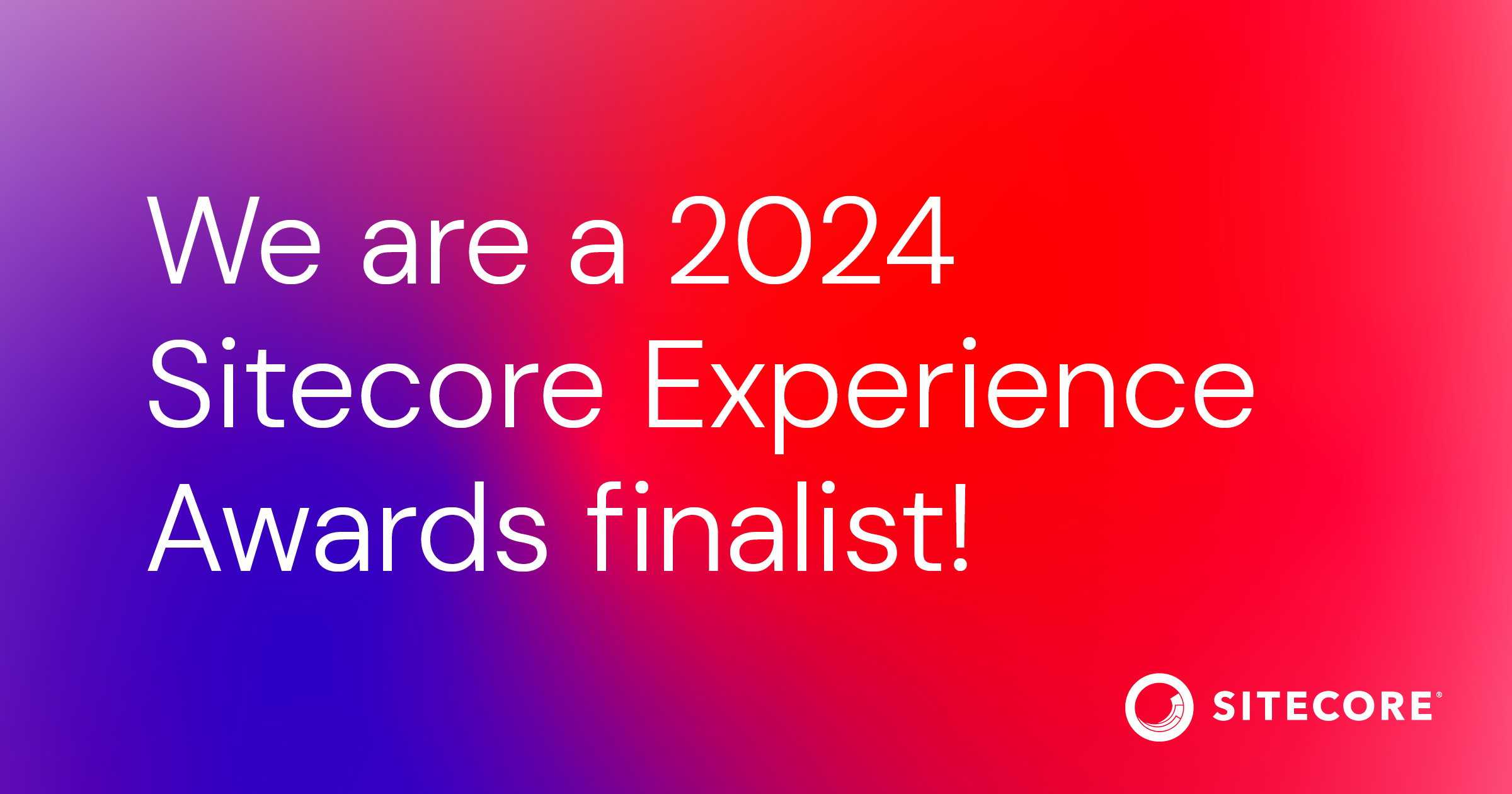Welcome to part 1 of our 5-part series that unpacks the top 5 MarTech building blocks for 2023 and beyond.
2023 promises to be another challenging year, with several macro factors such as economic uncertainty, supply chain disruptions, and changing consumer behaviours impacting businesses of all sizes.
To navigate these challenges and capitalize on new opportunities, it's crucial to stay ahead of the curve regarding technology and marketing strategies.
At Triggerfish, we've identified the top 5 MarTech building blocks that are essential for organizations looking to build technology resilience and drive business impact in 2023 and into the future.
These include:
- Cultivating a deep digital business culture & adoption
- Building on the power of data liberalization
- Future-proofing the technology stack
- Building automation alliances between business and marketing operations
- Accelerating marketing and sales through integration
In this article we are unpacking the first point above.
Cultivating a deep digital business culture and adoption
Digital technologies are transforming our social and cultural worlds, impacting personal and professional lives across all generations. By 2030, baby boomers (born between 1946 and 1964) will be 65 or older. It is important to note that this generation is well-engaged and highly dependent on the internet and digital services – not just younger generations.
Digital adoption is crucial to staying competitive in today's business landscape.
Naturally it is essential to focus on implementing new technologies and strategies. However, it is equally important to measure their effectiveness and how employees adopt work behaviour. MarTech leaders are often challenged to demonstrate ROI but are not adequately funded to holistically enable their teams and measure the impact of MarTech activities, mostly due to siloed data and technology ownership. This leads to less-than-optimal marketing results from the start, as the business is not leveraging digital foundations holistically.
To truly succeed in the digital landscape, organizations must adopt digital technologies, measure their effectiveness, and strive for business wide scalability. Leaders should focus on building data solutions that are not just KPI-driven but scalable and revenue driven. This allows for developing digital and data-enabled products that meet a wide range of high-value use cases.
According to McKinsey, open digital and data -enabled products can deliver new business offerings up to 90% faster and allow the workforce to generate and launch new business value at a much higher cadence than in non-digital work environments.
Strategies to building deep data culture
To stay relevant and competitive in today's digital landscape, it is crucial to building a deep digital business culture and adoption that spans across all generations by using the following 5 strategies:
1. Building relationships with technology organizations
To effectively adopt a data-first mindset and stay competitive in today's digital landscape, building relationships and interacting closely with software organizations across many different departments within the organization is crucial. This allows for authentic learning and staying in touch with the latest technologies and industry trends.
2. Inviting technology leaders to accelerate data-first thinking
Inviting technology leaders to their expertise can effectively accelerate data-first thinking across all levels of the organization. They provide valuable insights and best practices across industries for implementing new technologies and data-driven strategies.
3. Employing digital product managers
Dedicated digital product managers help to drive innovation and ensure that the organization stays ahead of the curve. They play a crucial role in overseeing the development and launch of new products and services and managing the overall digital product roadmap.
4. Building a flexible, scalable, and sustainable technology ecosystem
A flexible, scalable, and sustainable technology ecosystem is essential for an organization to adapt to changing market conditions and stay competitive. This includes ensuring that technology is accessible and valuable to all employees, regardless of their role or department.
5. Adopting a digital-first go-to-market approach
Adopting a digital-first go-to-market approach in today's digital landscape is vital. This includes developing strategies and processes to reach and engage customers through digital channels, such as website, portals, social media, email, and mobile. It's essential to take into account the customer journey and their preferences.
Embracing Digital Adoption for Business-wide Scalability and Success
Digital adoption is not just a trend, but a necessity for staying competitive in today's business landscape. However, it's not enough to simply implement new technologies and strategies.
To truly succeed, organizations must measure their effectiveness, enable their teams, and strive for business-wide scalability. Leaders should focus on building scalable and revenue-driven data solutions that allow for the development of digital and data-enabled products that meet a wide range of high-value use cases. By doing so, businesses can deliver new business offerings faster and generate new business value at a much higher cadence than in non-digital work environments.
Embracing a deep digital business culture and adoption is key to remaining relevant and thriving in the digital age.
To continue reading bout the top 5 strategic building blocks of 2023 and beyond, download our Whitepaper.





